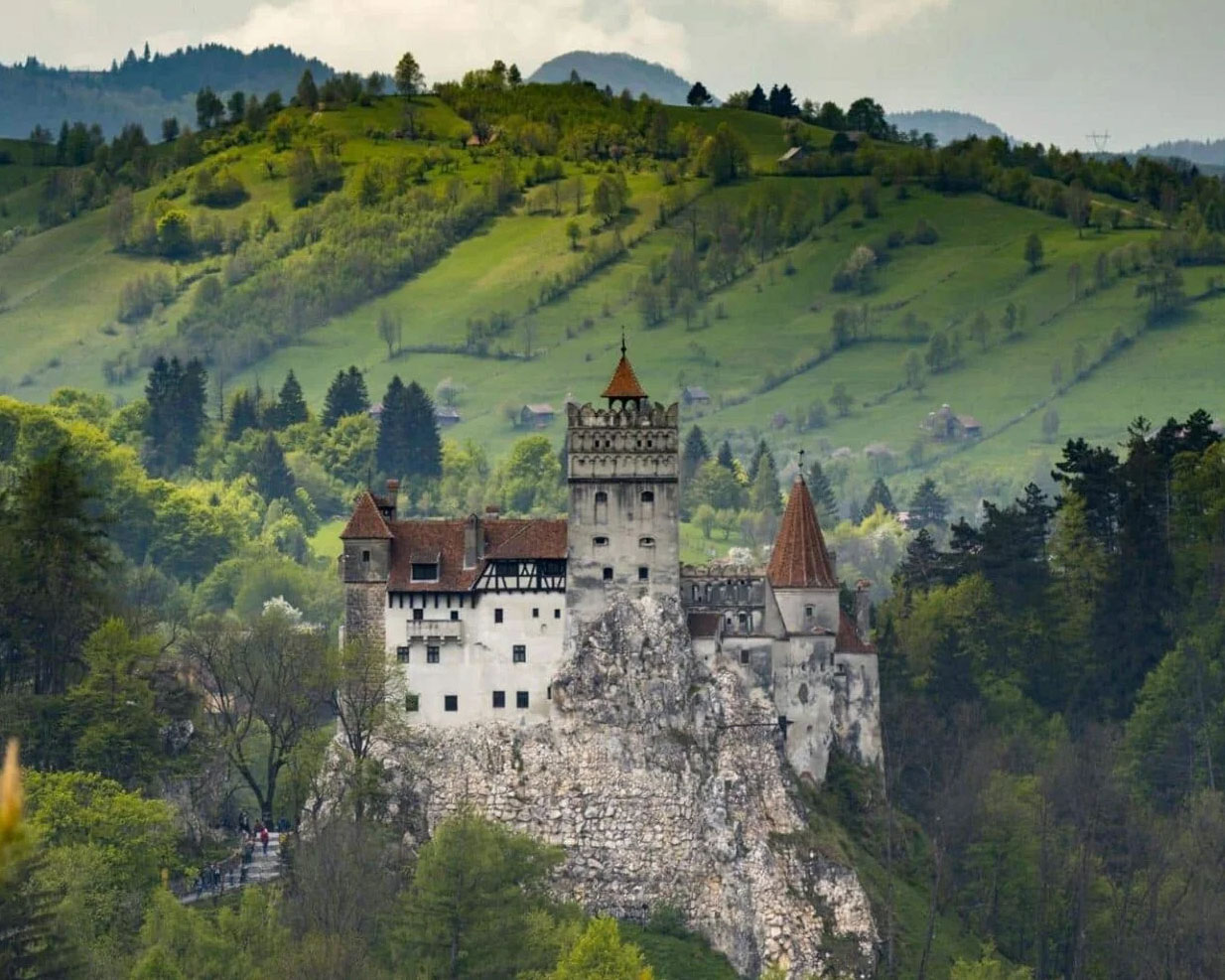The history and legend of Dracula is one of mystery, intrigue, and fear. Although often associated with the fictional character created by Bram Stoker, the legend of Dracula actually draws from the real-life exploits and reign of terror perpetrated by Vlad III, also known as Vlad the Impaler.
Dracula is one of the most famous and influential characters in literature and film. He is the archetypal vampire, a creature of the night who feeds on the blood of the living. He is also a symbol of evil, power, and seduction. But where did this legend come from? And how did it evolve over time? In this blog post, we will explore the history and legend of Dracula, from his origins in Romania to his adaptations in modern media.
The Real Dracula: Vlad the Impaler
The legend of Dracula is based on the real historical figure of Vlad Tepes (Vlad the Impaler), who was one of the most important Romanian rulers. Born in 1431 in Sighisoara, Transylvania, he was the son of Vlad Dracul, a member of the Order of the Dragon, a chivalric order dedicated to fighting the Ottoman Empire. His name Dracula means “son of the dragon” or “son of the devil” in Romanian.
Vlad became the voivode (prince) of Wallachia, a region in southern Romania, in 1448. He fought against the Turks and the Romanian nobles who betrayed his father and brother. He also committed atrocities like impaling, disemboweling, and collecting noses from his enemies. He ruled over Wallachia and Transylvania with an iron fist, enforcing strict laws and justice. He was known for his cruelty and bloodthirstiness, but also for his bravery and patriotism.
Vlad’s true home was Poenari Castle, a fortress on a cliff near the Arges River. It was here that his wife committed suicide by throwing herself into the river to escape from the Turks who besieged the castle. Vlad died in 1476 in a battle against the Turks near Bucharest. His head was cut off and sent to Istanbul as a trophy.
The Literary Dracula: Bram Stoker’s Novel
The literary Dracula was created by Bram Stoker, an Irish writer who published his Gothic novel Dracula in 1897. He was inspired by various sources, such as Romanian myths about vampires and the undead, European folklore and superstitions, and historical accounts of Vlad Tepes.
Stoker’s novel tells the story of Count Dracula, a centuries-old vampire who lives in a castle in Transylvania. He plans to move to England and spread his curse by creating more vampires. He is opposed by a group of heroes led by Professor Van Helsing, a vampire hunter and expert on occult matters.
Stoker’s novel is written in an epistolary format, consisting of journal entries, letters, and telegrams written by the main characters. It is considered one of the most influential works of horror fiction ever written. It introduced many elements that became staples of vampire lore, such as garlic, stakes, crosses, coffins, bats, wolves, and hypnotism.
Stoker’s novel also explored themes such as sexuality, gender roles, colonialism, science, religion, and morality. It reflected the fears and anxieties of Victorian society at the turn of the century.
The Cinematic Dracula: Film Adaptations
The cinematic Dracula was born with the first film adaptation of Stoker’s novel in 1922. It was a silent German expressionist film called Nosferatu: A Symphony of Horror, directed by F.W. Murnau. It starred Max Schreck as Count Orlok, a grotesque and rat-like vampire who terrorizes a German town.
The film was unauthorized and faced legal issues from Stoker’s estate. It had to change many names and details from the novel to avoid infringement. However, it is considered one of the most influential horror films ever made. It introduced many cinematic techniques and visual effects that are still used today.
The most famous film adaptation of Stoker’s novel was made in 1931 by Universal Studios. It starred Bela Lugosi as Count Dracula, a charismatic and elegant vampire who wears a cape and speaks with an accent. Lugosi’s performance defined the image and personality of Dracula for generations to come.
The film was a huge success and spawned many sequels and spin-offs. It also established Universal as a leading producer of horror films in Hollywood.
Since then, there have been countless film adaptations of Stoker’s novel or variations on Dracula’s story. Some of them are faithful to the original source material, while others are creative reinterpretations or parodies. Some examples are:
- Horror of Dracula (1958), starring Christopher Lee as Dracula and Peter Cushing as Van Helsing
- Bram Stoker’s Dracula (1992), directed by Francis Ford Coppola and starring Gary Oldman as Dracula
- Dracula: Dead and Loving It (1995), directed by Mel Brooks and starring Leslie Nielsen as Dracula
- Van Helsing (2004), starring Hugh Jackman as Van Helsing
- Hotel Transylvania (2012), an animated comedy featuring Adam Sandler as Dracula
The Legacy of Dracula: A Cultural Icon
The legacy of Dracula is immense and enduring. He is one of the most recognizable and popular characters in literature and film. He has influenced many other works of fiction across various genres and media. He has also inspired many real-life phenomena such as tourism, fan clubs, festivals, merchandise, research, etc.
Dracula is more than just a fictional character or a historical figure. He is a cultural icon who represents our fascination with horror, mystery, romance, power, immortality, and death. He is a symbol of our fears and desires that transcend time and space.
Dracula is alive in our imagination and will continue to haunt us for years to come.

Nepal mountains

The Music of South Korea

Secrets and Legends of Angkor Wat

Scenic Tea Plantations in Sri Lanka









